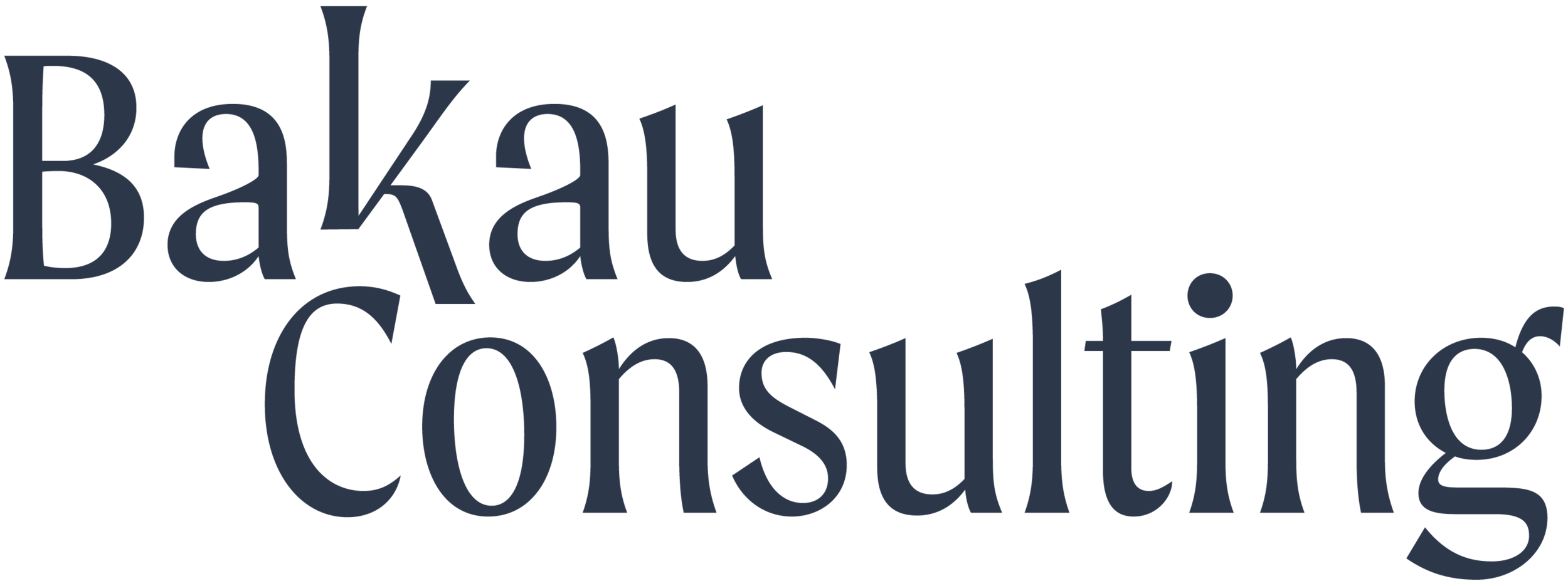Apparently Hanukkah is Just Blue Christmas?!
by Emma Herman
Guest Writer
An illustration of dreidels, latkes, sufganiot, and a menorah by Dionne Co.
When I first typed “Hanukkah Decor” into the Bed, Bath and Beyond website, I wasn’t expecting much. Maybe a few dreidels, a menorah or a festive garland. I was surprised to find they had many items, but my delight quickly turned to irritation. Although they offered a large quantity of Hanukkah merchandise, there was almost no merchandise that felt appropriate for the holiday.
Instead, it was all blue and white versions of Christmas imagery. Items like jingle bells had been replaced with dreidels adorned with incorrect Hebrew letters. The iconic pick-up truck full of Christmas trees was now a blue truck full of dramatically oversized dreidels. Don’t even get me started on the once-red, now-blue gnomes and the word “llamakkah”...
While most of the imagery is simply absurd and a clear repurposing of other holiday merchandise, some show a lack of respect for special symbols. A tallit, a Jewish Prayer shawl, is actually an item reserved for members of our community who have gone through a B Mitzvah (a Jewish coming-of-age ceremony). When I saw the “Hanukkah Santa” wearing a tallit I was a little shocked. Throwing a meaningful Jewish item on an over-commercialized Christian saint is disrespectful. A more appropriate item would have been a Kippah, a head covering that may be worn by anyone entering a temple. But even then, the merging of Christian and Jewish iconography is odd.
Rather than create special lines of Hanukkah products, companies attempt to save money by throwing together displays of blue and white items, boiling down sacred traditions to silly reflections of late-stage capitalism. One shop turned a Christmas wreath blue and switched the word from “Merry” to “Mazel”. - an embarrassing choice on their part because “Mazel” means “Luck” in Yiddish and is not associated with this holiday. I have only heard Andy Cohen say just “Mazel” - and not the full phrase “Mazel Tov” which is used as a congratulatory term - so I hope he is making royalties!
Hanukkah has its own symbols. The story of Hanukkah is ironically about resisting assimilation. The story emphasizes oil, a menorah, and dreidels. The special foods eaten on Hanukah include latkes and donuts. It would be great to see more of the items that actually reflect the holiday, instead of a blue sweater and a feeble attempt at changing a Christmas song from “Don we now our gay apparel” to “Don we now our Hanukkah sweaters.”
I received plenty of comments on my TikToks telling me I should be grateful that corporations are attempting to include the Jewish people in mainstream items. However, it is hard for me to see it that way. At best, this is a poor attempt at inclusivity and at worst it is a cash grab!
The past few years have brought about a desire for companies to be more inclusive, and it has become increasingly popular to explore the financial potential of these niches. The current attempts, however, feel insincere. Learning more about the culture should be built into anyone designing products for it. Traditionally marginalized groups are used to being left out, so performative inclusion feels a lot like a slap in the face.
Emma Herman is a dietitian living in Miami, Florida with her husband and dog. She also runs an Etsy shop.




